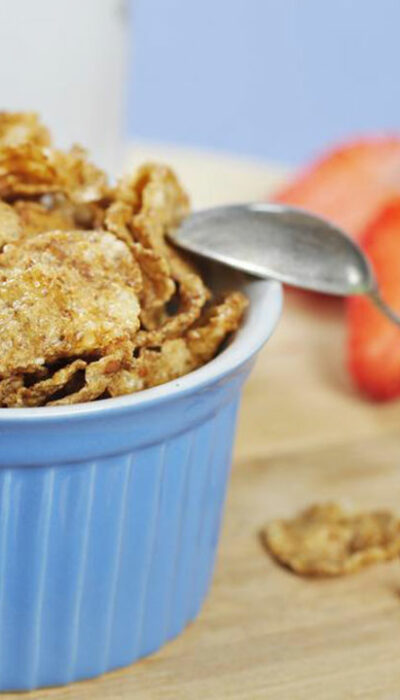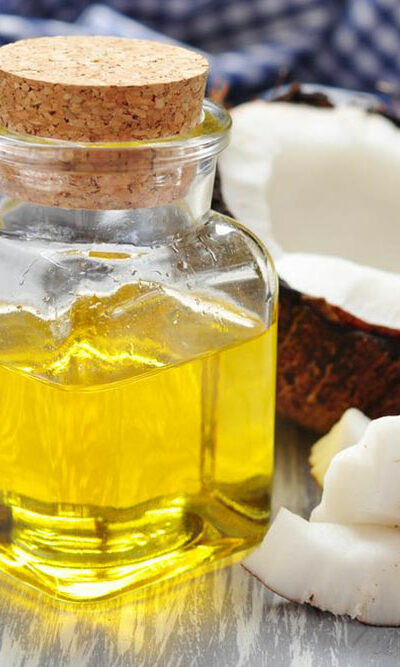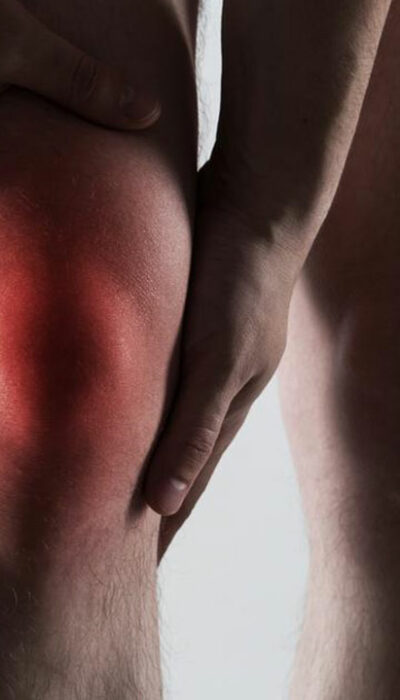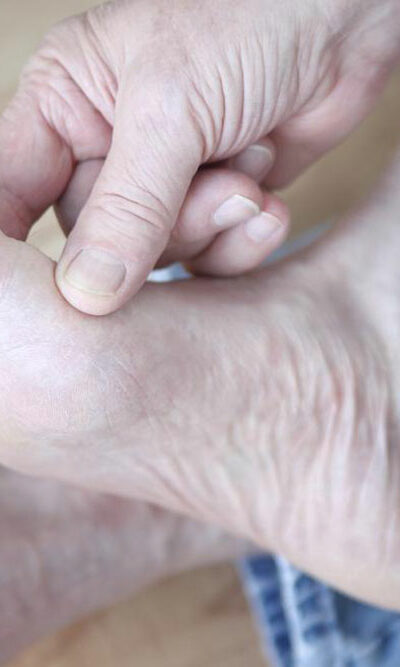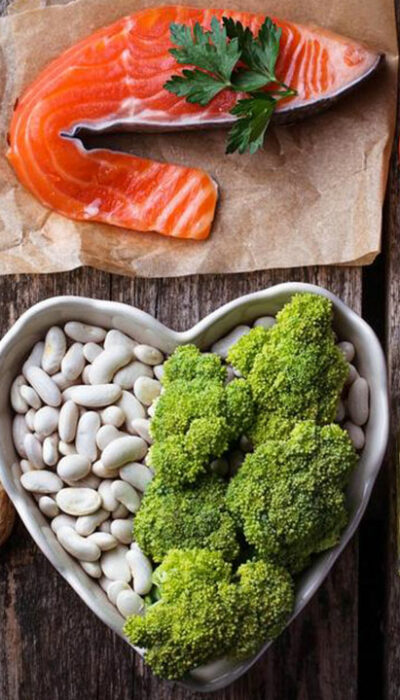
Some Popular Foods Items that Lower Cholesterol
We are what we eat, which is why it is so easy to eat into high levels of cholesterol with foods that are high in the same. Conversely, eating foods that have low cholesterol triggers help lower cholesterol levels too. To lower high cholesterol levels, two strategies can be followed: Adding cholesterol-lowering foods that lower LDL or low-density lipoproteins Cutting back on foods that boost LDL levels LDL cholesterol is the harmful cholesterol-carrying particle that contributes to atherosclerosis, a condition wherein arteries get blocked. Cholesterol-lowering foods Cholesterol-lowering foods play a significant role in controlling the levels. Foods rich in soluble fiber helps in binding cholesterol along with its precursors present in the digestive system. This fiber also pushes these out of the system before they get into circulation. Others provide polyunsaturated fats that directly lower LDL levels. Others may contain plant sterols and stanols that block the body from absorbing cholesterol. A look at some cholesterol-lowering foods: Oats A bowl of oatmeal or cold oat-based cereal for breakfast is a good first step towards improving one’s cholesterol levels. Oats provide 1 to 2 grams of soluble fiber and adding a banana, or a handful of strawberries can make up for another half-gram. The current day nutrition guidelines recommend the intake of 20 to 35 grams of fiber a day, out of which at least 5 to 10 grams come from soluble fiber. Barley and other whole grains Similar to oats and oat bran, barley, and other whole grains also help lower the risk of heart disease through the soluble fiber they deliver. Beans Beans are rich in soluble fiber and since they take some time for the body to digest, consuming them makes a person feel full for longer after eating a meal. For people trying to lose weight, this makes beans a good food ingredient.

